Long An is located in the Southern Key Economic Zone. The number of factories and industrial production facilities is increasing. Along with the development of production facilities is the development of infrastructure, the increasing population density makes the traffic density increase accordingly. These are the main causes affecting the quality of the air environment.
Therefore, monitoring and assessing the current state of the air environment is an urgent task to provide a scientific basis for implementing solutions to limit and reduce air pollution. Through the air quality monitoring report, local environmental managers can develop policies to strictly control emission sources; at the same time, find solutions to improve the quality of the living environment, ensuring highly sustainable socio-economic development.
The Department of Natural Resources and Environment assigned the Center for Land Fund Development and Natural Resources and Environment Services to monitor air quality in industrial parks and clusters, residential areas, urban areas, and main traffic routes throughout the province.
In 2023, air quality monitoring in the province will be carried out at the correct frequency and time. Quality control in monitoring and analysis will always be ensured according to the instructions of Circular No. 10/2021/TT-BTNMT, dated June 30, 2021 of the Ministry of Natural Resources and Environment .
According to the Director of the Center for Land Fund Development and Natural Resources and Environment Services - Quach Cao Minh, the frequency of air monitoring in 2023 is 6 times in the months: March, April, June, August, October, November. For each monitoring period, the Center has taken samples from 70 points and divided them into 5 groups. Specifically, 37 locations for industrial parks and industrial clusters; 18 locations for residential areas; 8 locations for traffic; 3 locations for landfills; and 4 locations for the ground. Air environment monitoring points and stations are arranged in suitable locations.
According to the provincial environmental quality monitoring plan for the period 2021-2025, air monitoring parameters include: Wind speed, temperature, humidity, noise. Other sampling and analysis parameters include sulfur dioxide (SO2), nitrogen dioxide (NO2), carbon monoxide (CO), total suspended particulate matter (TSP), lead (Pb).
In addition, for Loi Binh Nhon Industrial Park area, Duc Hoa I Industrial Park area, Tan Duc Industrial Park area, Hai Son, Thuan Dao Industrial Park area, Nhut Chanh Industrial Park area, Long Dinh - Long Cang Industrial Park area, Duc Hoa II Industrial Park area will monitor additional parameters typical of the area such as NH3, H2S, Phenol, Benzene, Toluene, Xylene.
The results of monitoring in 2023 show that dust concentrations and noise levels at all monitoring locations in 9 industrial parks and industrial zones in the province meet standards and fluctuate up and down through monitoring periods during the year. Phenol, Benzene, Xylene and Toluene concentrations at most locations were not detected. Except for the location in phase 2 of Thai Hoa Industrial Park (south of 36m road), the Toluene concentration in October 2023 was 22.2µg/nm3.
Regarding the background environment, through monitoring, the noise levels between the periods are generally quite similar. The concentrations of dust, CO, SO2, NO2 at the monitoring points fluctuated up and down but all met QCVN-05. The parameters causing bad odors such as NH3 and H2S were not detected at most of the monitoring locations this time, except for the NH3 concentration in Binh Thanh commune, Moc Hoa district (MTN-01) in the monitoring period in March 2023, which exceeded the standard by 1.1 times; the H2S concentration at Binh Thanh commune, Moc Hoa district in the monitoring periods in January and February 2023 exceeded the standard by 1.2 and 1.15 times, respectively, and at Tan Thanh commune, Thu Thua district in the monitoring period in January 2023, which exceeded the standard by 1.15 times. From the monitoring period in June 2023 to present, the concentrations of NH3 and H2S have fluctuated up and down at some locations but are stable and lower than the permitted standards. Lead concentrations have not been detected in any monitoring period.
 Increasing traffic also causes air pollution.
Increasing traffic also causes air pollution.
At traffic intersections, most of the concentrations of dust, SO2, NO2, and CO parameters fluctuated up and down over the monitoring periods; however, the increase was insignificant and was within the allowable limits. The noise levels at traffic intersections were mostly lower than the comparison standards during the monitoring periods, except for the two monitoring periods in March 2023 and April 2023 at the intersections with high levels. However, in general, the level of excess was not too high compared to the allowable standards, the noise level only occurred locally and for a short time during peak periods with a lot of traffic. The lead concentration was not detected during the monitoring periods in 2023.
In residential areas, the concentrations of dust, SO2, NO2, CO parameters through 6 monitoring periods at all locations are within the allowable limits of the standards. The concentrations between periods do not change significantly. Meanwhile, the noise level increases and decreases unevenly between monitoring periods. Some locations have quite high noise levels. The concentration of lead through monitoring periods is not detected. In general, the air quality in residential areas is quite good, not polluted, the concentrations of parameters are all lower than the allowable standards.
At the landfill, through monitoring rounds in 2023, in general, the concentrations of dust, SO2, NO2, CO parameters all met the standards, the concentrations between rounds fluctuated up and down but not significantly. In particular, the parameters causing bad odors such as NH3 and H2S were mostly within the allowable limits of the comparison standards in all monitoring rounds, except for the H2S concentration at Tam Sinh Nghia Waste Treatment Plant in the monitoring round in January 2023, which exceeded the allowable standard by 1.43 times.
To limit air pollution, it is necessary to implement synchronous solutions. Accordingly, the Department of Natural Resources and Environment and the Department of Natural Resources and Environment in localities have strengthened inspection and supervision, and requested factories in industrial zones and clusters to strictly implement measures to reduce air pollution such as selecting fuel, operating boilers properly, and operating exhaust gas treatment systems effectively.
The Transport sector has strengthened vehicle registration and emission inspection to limit air pollution in residential areas, urban areas, and traffic routes that are mainly affected by traffic activities.
Authorities have stepped up propaganda and mobilized people not to operate substandard means of transport, encouraged the use of clean fuels such as natural gas, liquefied petroleum gas, fuel alcohol and electricity, and planted more trees in urban areas. Encouraged people to use public transport, classify waste at source according to regulations, and use biological measures and clean technology in agriculture.
Traffic routes such as national highways, provincial roads, and roads in industrial zones and clusters need to be maintained, repaired, and cleaned periodically to limit dust from spreading into residential areas; continue to implement the periodic monitoring program in 2024./.
Le Duc
Source




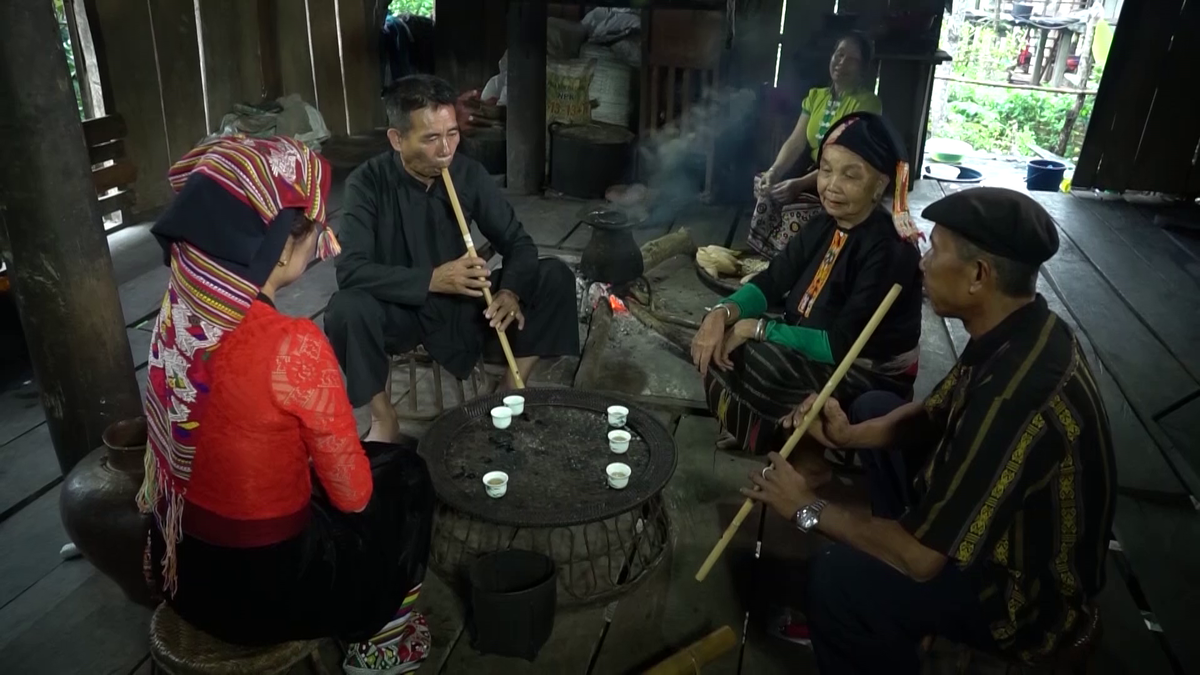





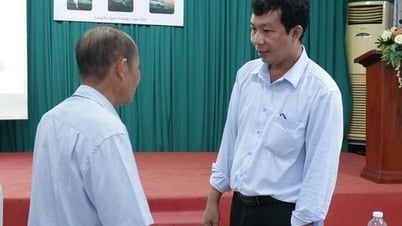
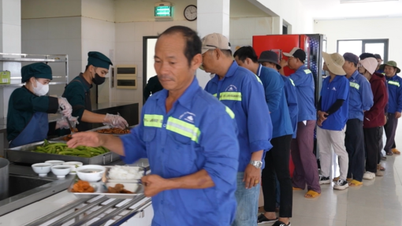
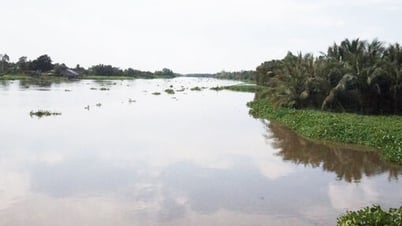






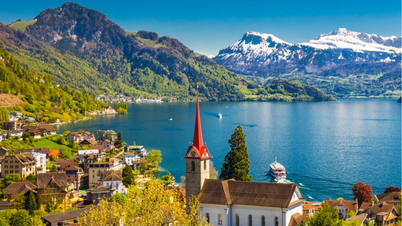






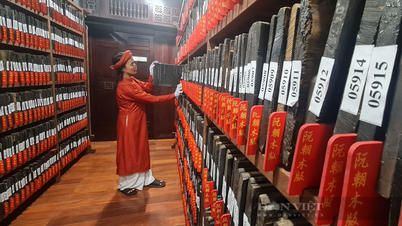

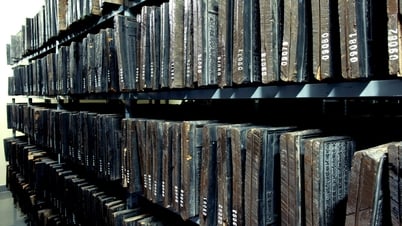



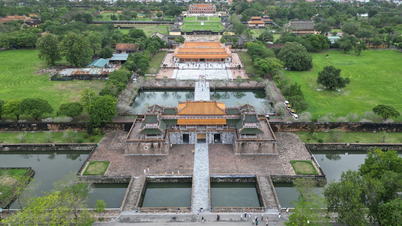



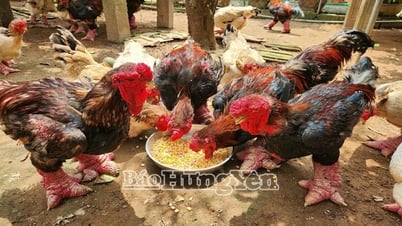

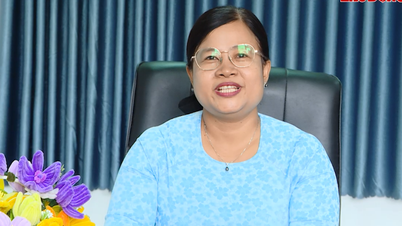

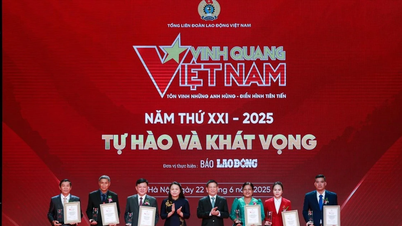



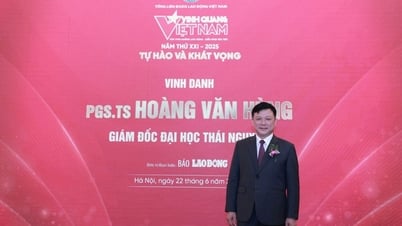



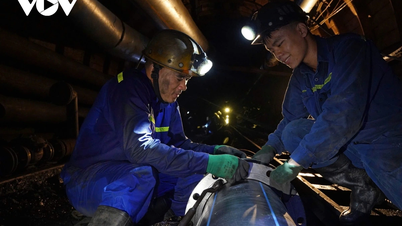

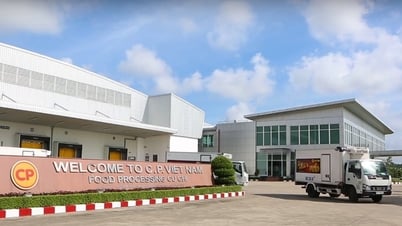






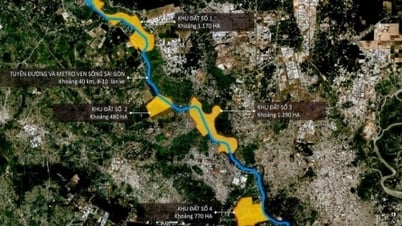

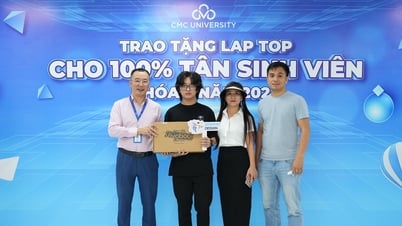


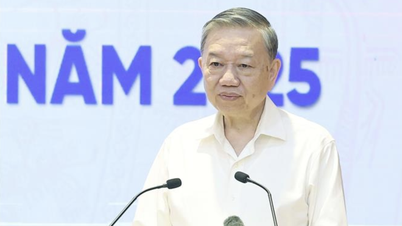


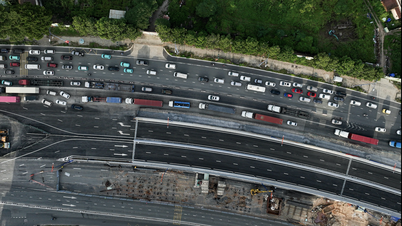



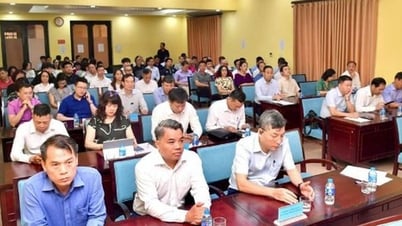

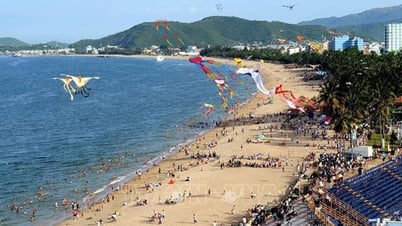
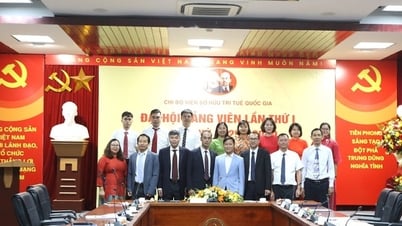



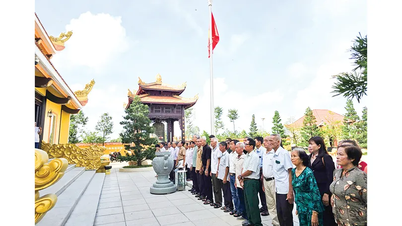



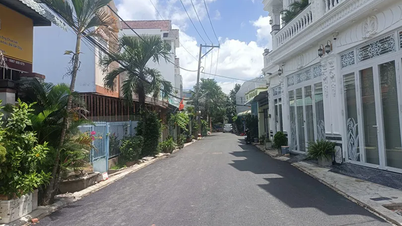





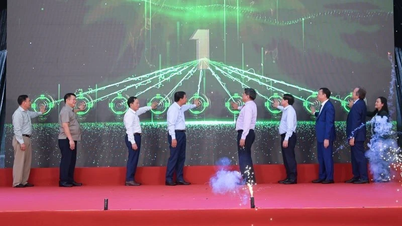











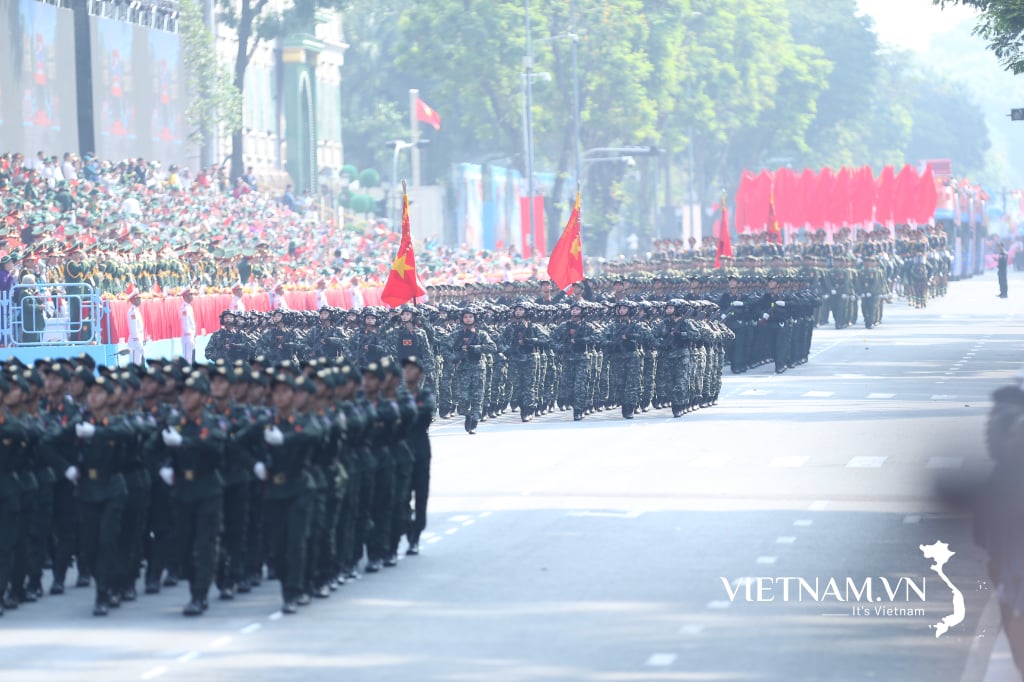
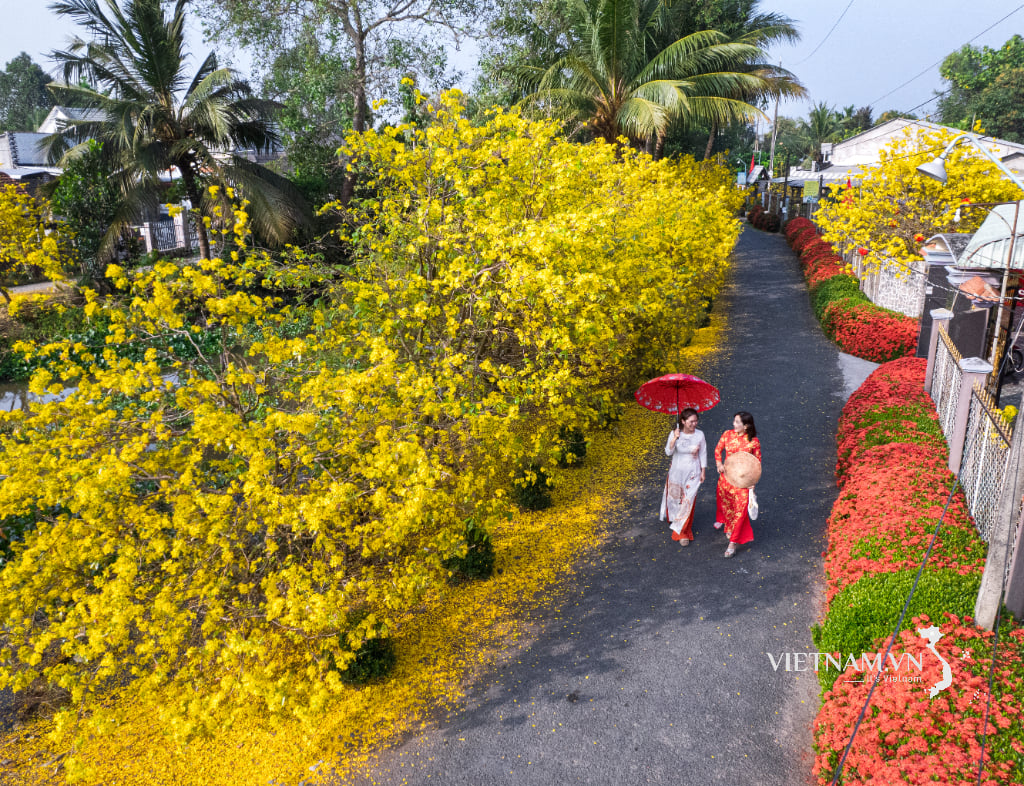
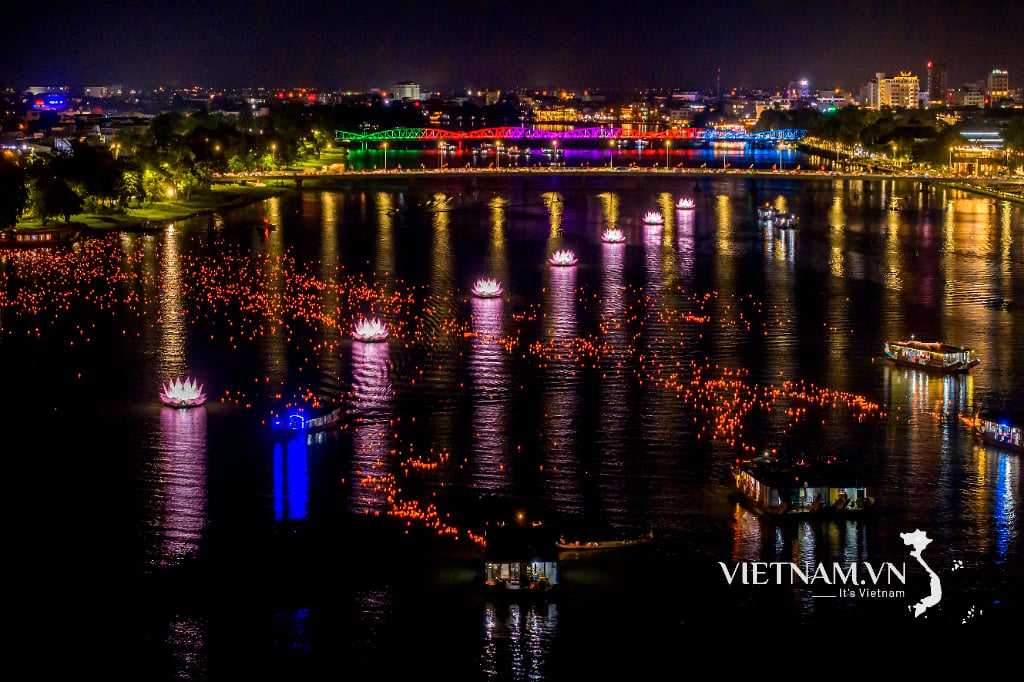

Comment (0)